Image of the Day: April 2011
Land of the Pharaohs
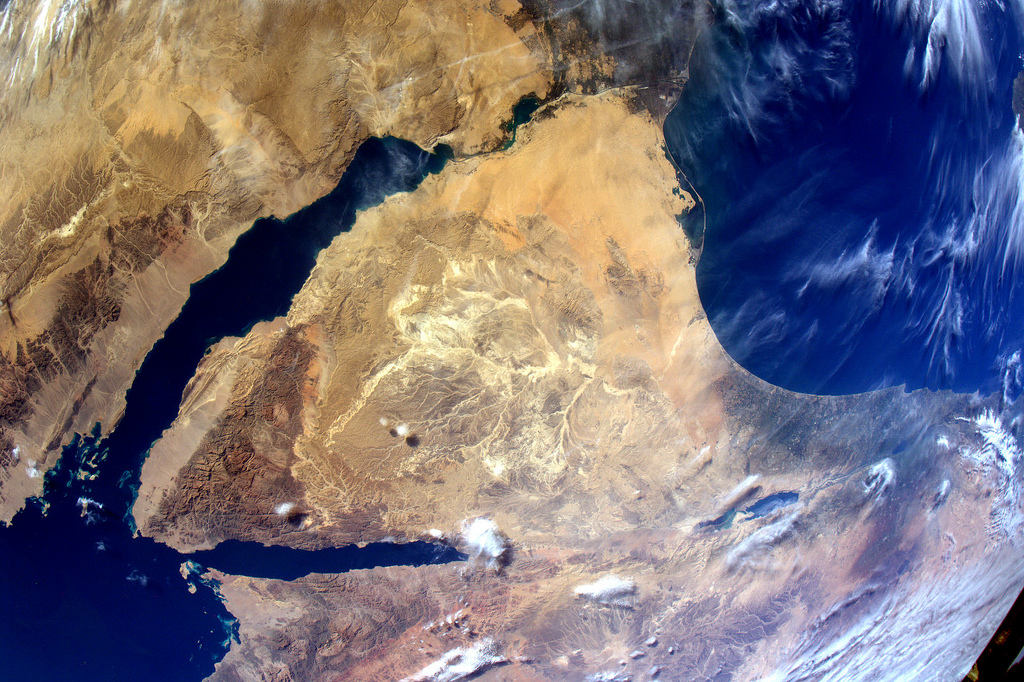
Friday, April 1, 2011: Astronaut Paolo Nespoli took this image of the Sinai Peninsula from the International Space Station on March 19, 2011.
--Tom Chao
Your Number or Your Name
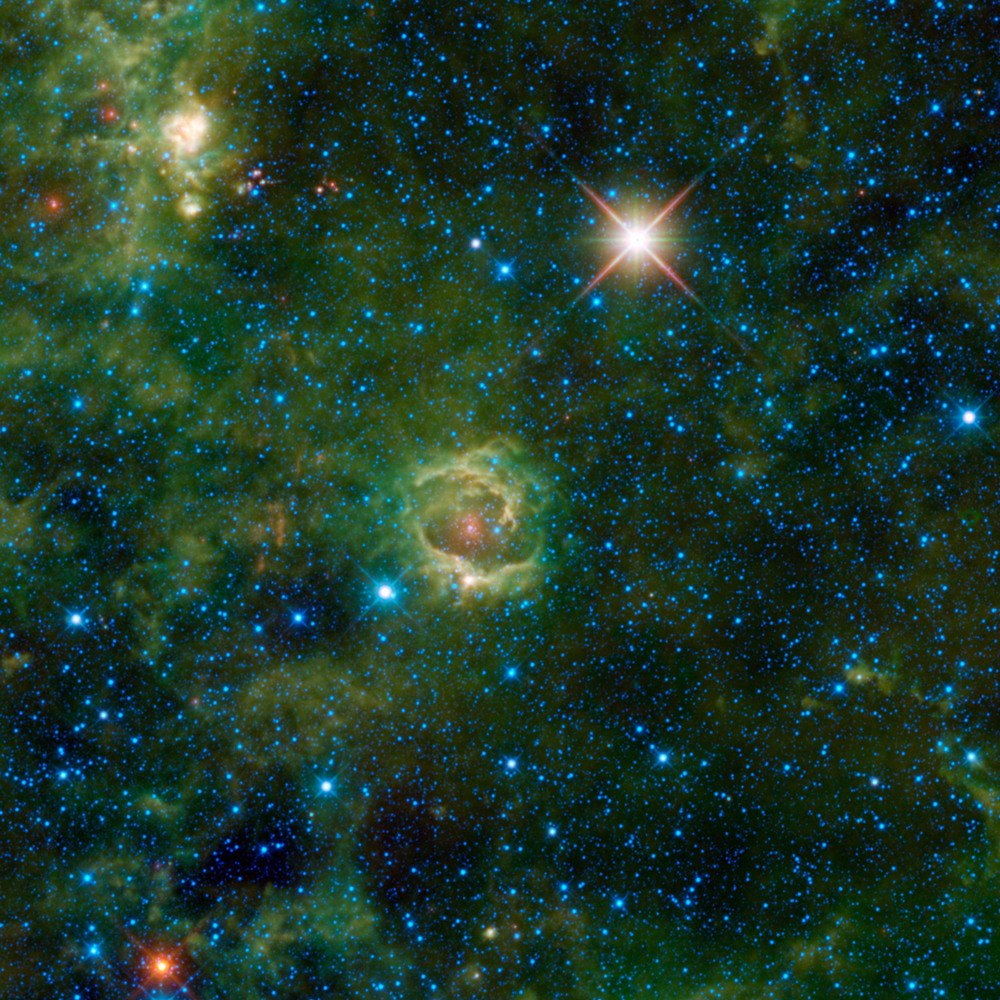
Monday, April 4, 2011: The distinctive sky feature LBN 114.55+00.22, seen here, emits light, and therefore astronomers class it as an emission nebula. LBN stands for "Lynds Bright Nebula," named after the astronomer who published a catalogue of nebulae in 1965. 114.55+00.22 indicates the nebula’s coordinates in the Milky Way Galaxy.
--Tom Chao
Gagarin Flies Again
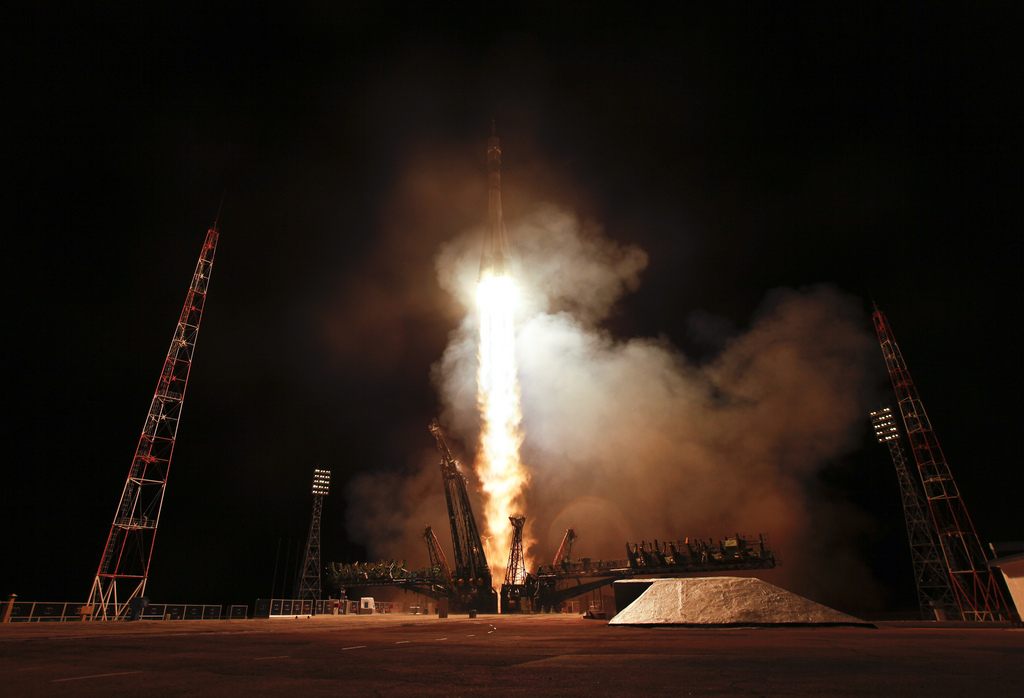
Tuesday, April 5, 2011: The Soyuz TMA-21 vaults skyward from the Baikonur Cosmodrome in Kazakhstan on Tuesday, April 5, 2001, carrying two Russian and one American spaceflyers to the International Space Station. The Soyuz, named "Gagarin," takes flight one week before the 50th anniversary of the flight of Yuri Gagarin, the first human to fly in space – which took off from the very same launch pad.
— Tom Chao
Are the Stars Out Tonight?
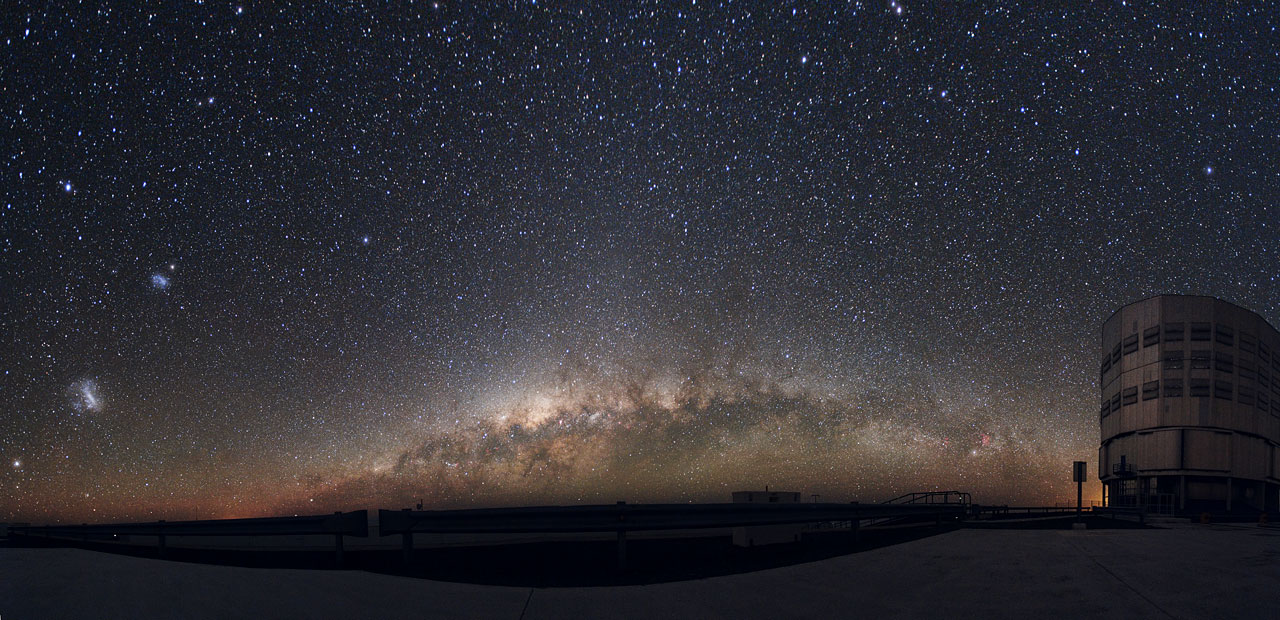
Wednesday, April 6, 2011: In Chile's Atacama Desert, the Large and Small Magellanic Clouds — satellite galaxies of our own — glow brightly at the left. The Milky Way, our galaxy, appears brightly on the horizon, while the European Southern Observatory's Very Large Telescope stands at the right.
--Tom Chao
Never Let Me Go
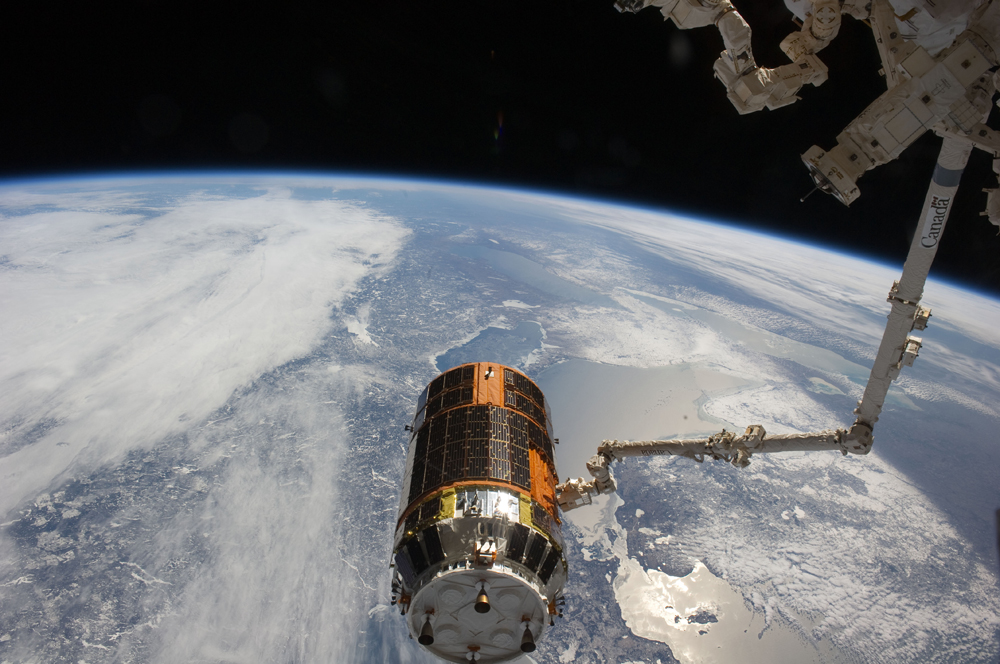
Thursday, April 7, 2011: The Canadarm2 robotic arm attached to the International Space Station prepares to release the Japanese cargo ship Kounotori2 ("White Crane") on March 28, 2011. It fell into the Earth's atmosphere, and burned up. The ISS's robot, Dextre, is visible at upper right.
—Tom Chao
The Green Hills (and Oceans) of Earth
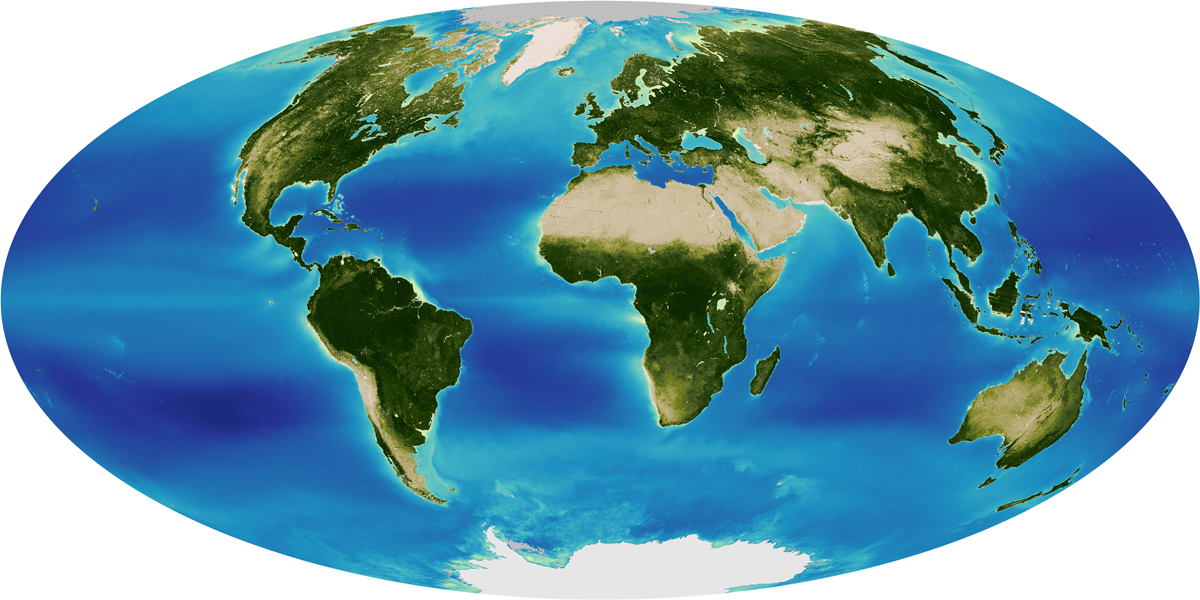
Friday, April 8, 2011: The Sea-viewing Wide Field-of-view-Sensor (SeaWiFS) measured how much chlorophyll — the pigment that helps turn sunlight into organic energy for plants — existed in the seas and on land from 1998 to 2010. The more saturated blues and greens show a higher concentration of chlorophyll. Unusually, private companies operated the satellite which carried SeaWiFS, and NASA purchased the data from them.
—Tom Chao
Parallel Lines
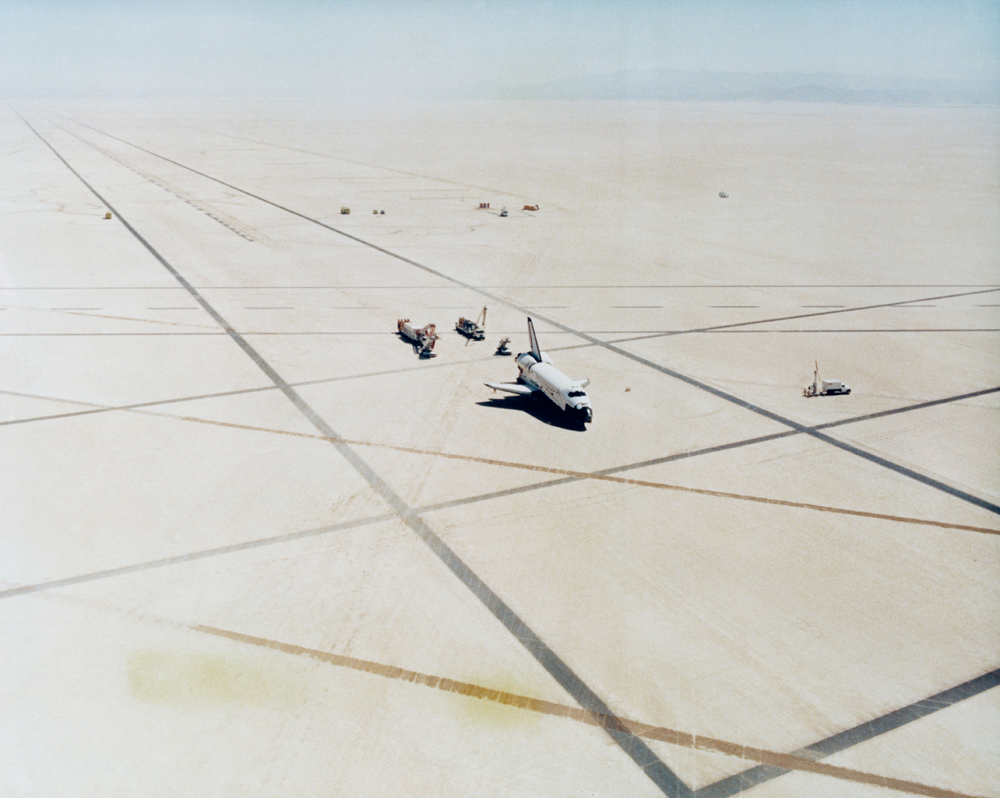
Monday, April 11, 2011: Space shuttle orbiter Columbia landed at Edwards Air Force Base in southern California at the end of the first space shuttle mission, STS-1, on April 14, 1981. Astronauts John W. Young and Robert L. Crippen flew aboard Columbia.
—Tom Chao
Get the Space.com Newsletter
Breaking space news, the latest updates on rocket launches, skywatching events and more!
Up the Stairs to the Landing, Up the Stairs Into the Vostok
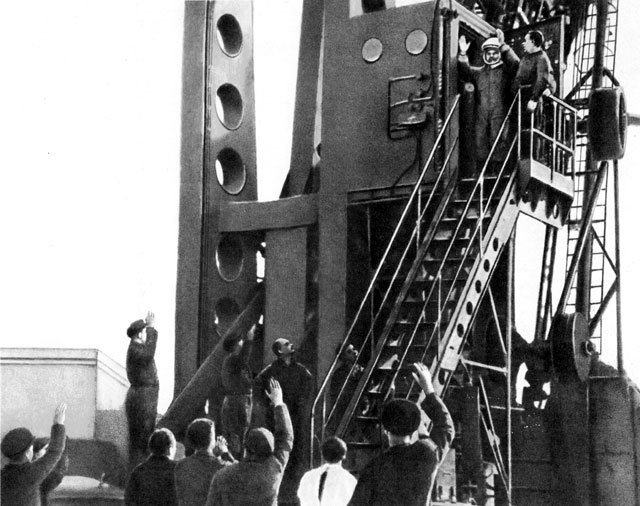
Tuesday, April 12, 2011: Soviet cosmonaut Yuri Gagarin waves to the crowd as he prepares to board the Vostok 1 spacecraft at Baikonur Cosmodrome in Kazakhstan, on April 12, 1961, to make history's first human spaceflight, 50 years ago today.
—Tom Chao
Looking Out My Window Pane
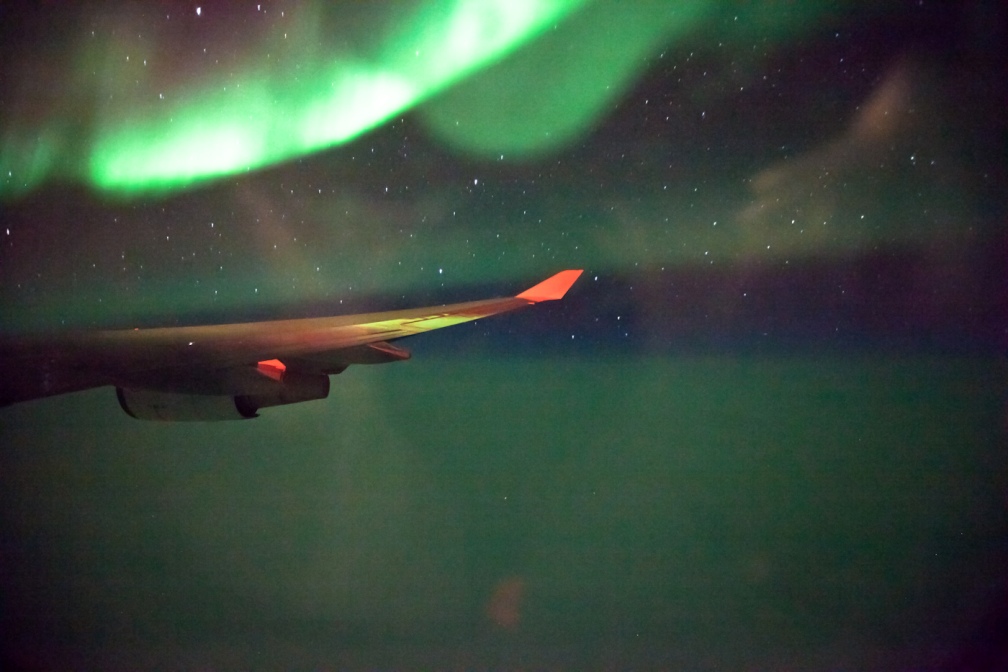
Wednesday, April 13, 2011: The northern lights illuminate the sky in this image captured by photographer Nate Bolt during a flight from San Francisco to Paris. Bolt set up his camera in an empty seat facing a window and snapped more than 2,400 shots during the 11-hour flight. A time-lapse video of the flight can be seen at beepshow.com.
—Tom Chao
Down at the Arcade
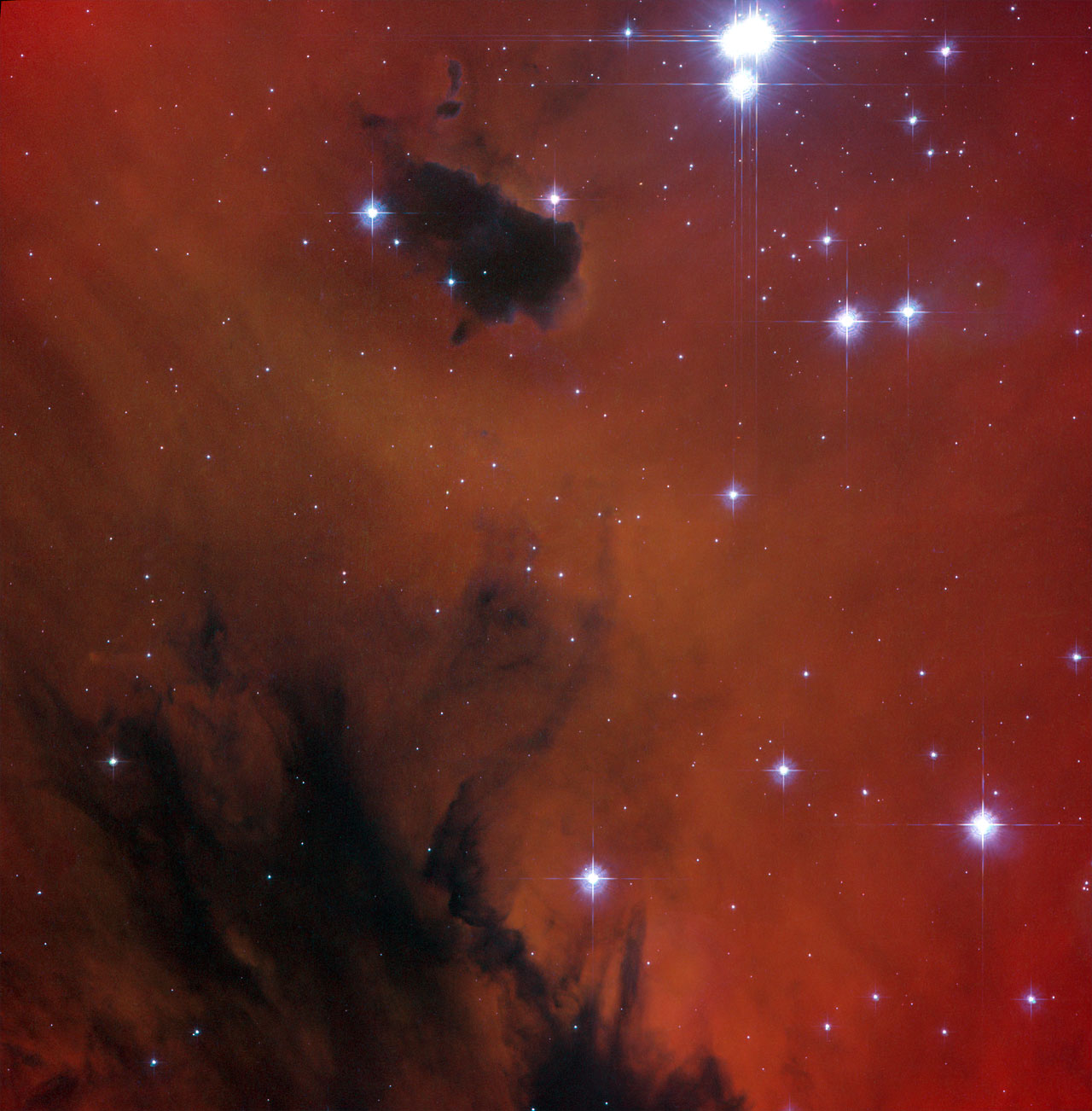
Thursday, April 14, 2011: The young open star cluster IC 1590 in the star formation region NGC 281 bears the nickname "Pacman Nebula," due to its resemblance to the well-known arcade game character. However, this close-up image taken by the Hubble Space Telescope zooms in on the center, and does not show the iconic outline of Pac-Man. Unlike in the arcade game, this nebula's gas and dust are forming new stars, not gobbling them up.
—Tom Chao
Rho, Rho, Rho Your Ophiuchi
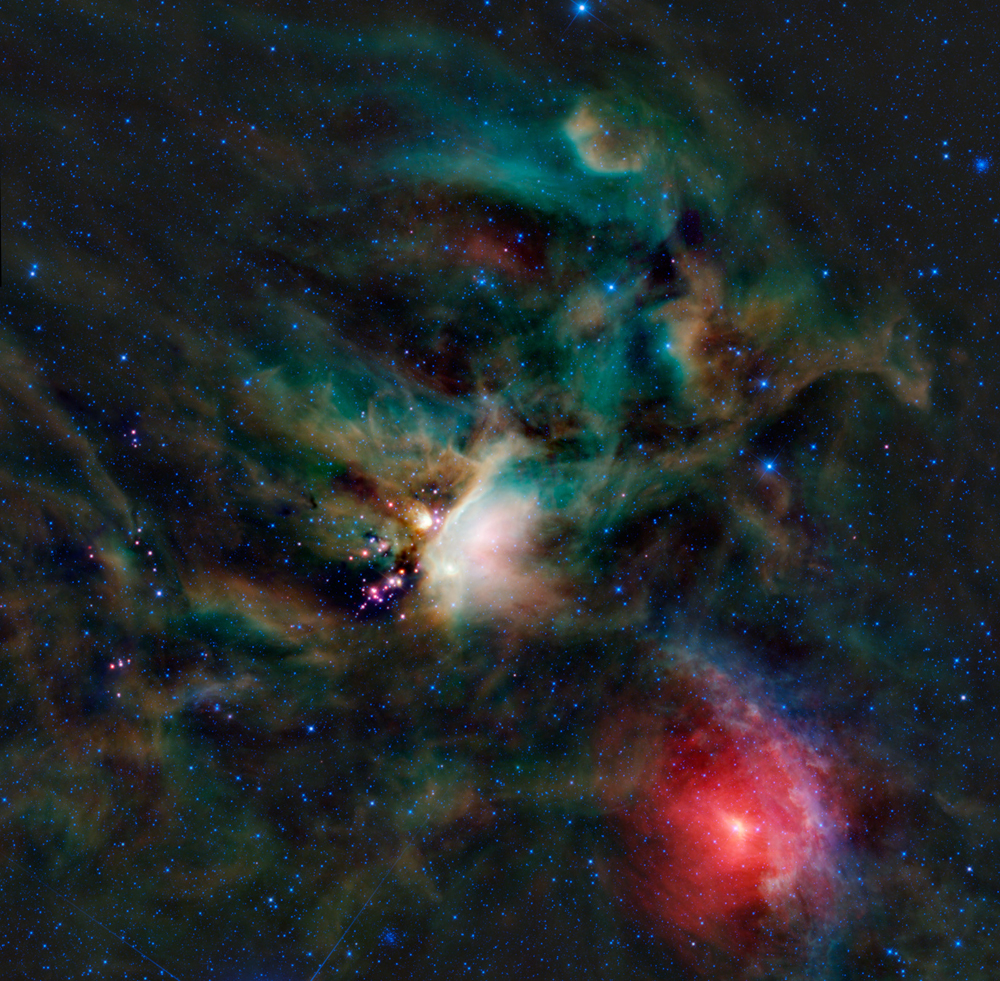
Friday, April 15, 2011: WISE, the Wide-field Infrared Survey Explorer, took this picture of one of the closest star forming regions, a part of the Rho Ophiuchi cloud complex. It lies some 400 light-years from Earth. Dust clouds and embedded newborn stars glow at infrared wavelengths in the false-color composition.
—Tom Chao
Join our Space Forums to keep talking space on the latest missions, night sky and more! And if you have a news tip, correction or comment, let us know at: community@space.com.

Space.com is the premier source of space exploration, innovation and astronomy news, chronicling (and celebrating) humanity's ongoing expansion across the final frontier. Originally founded in 1999, Space.com is, and always has been, the passion of writers and editors who are space fans and also trained journalists. Our current news team consists of Editor-in-Chief Tariq Malik; Editor Hanneke Weitering, Senior Space Writer Mike Wall; Senior Writer Meghan Bartels; Senior Writer Chelsea Gohd, Senior Writer Tereza Pultarova and Staff Writer Alexander Cox, focusing on e-commerce. Senior Producer Steve Spaleta oversees our space videos, with Diana Whitcroft as our Social Media Editor.









